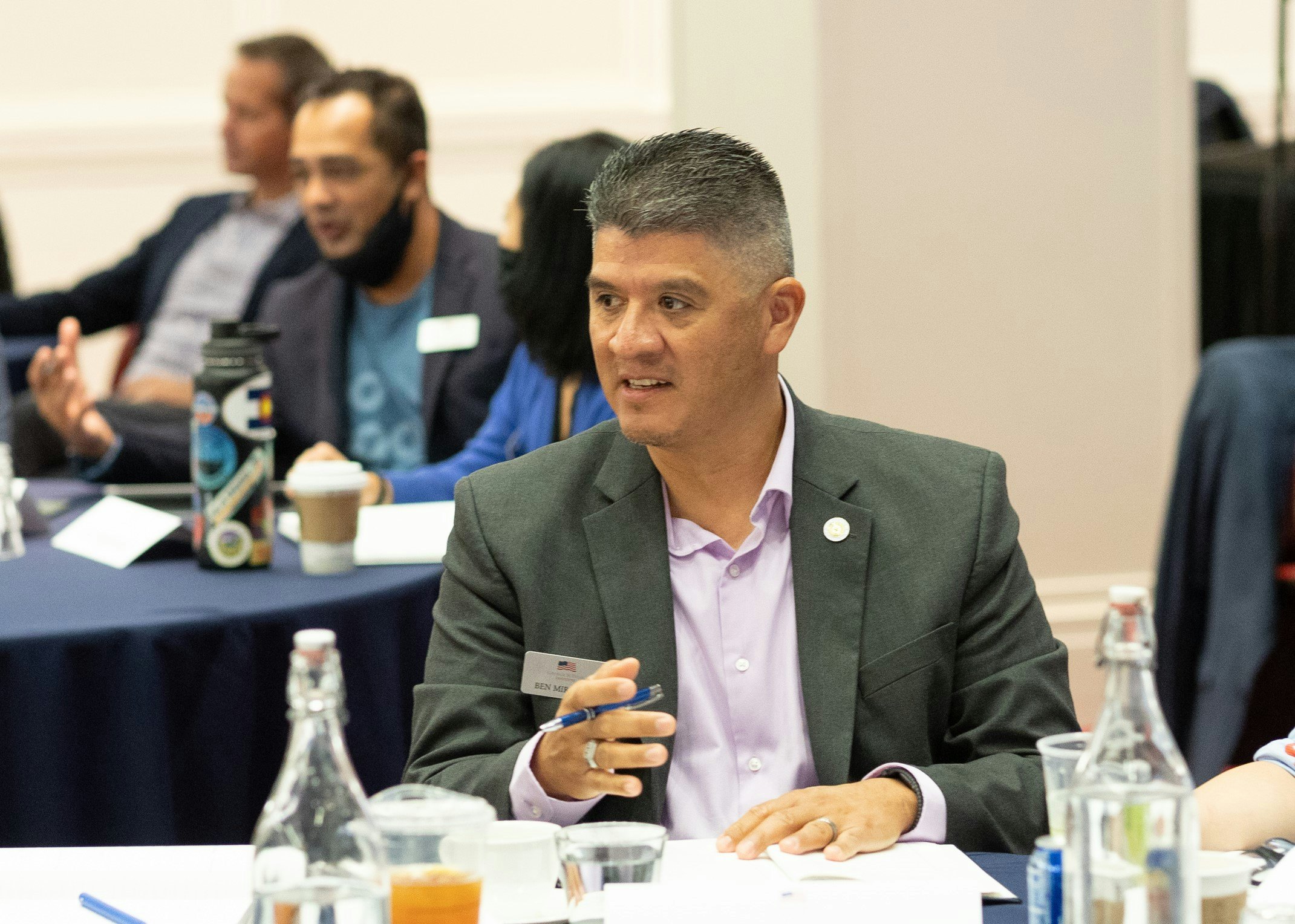A recent report by LinkedIn gives a glimpse of current veteran employment transition opportunities and challenges.
Veterans and their families can face numerous challenges as they come home to start their next chapter including purpose, belonging, community, and health and well-being. While great strides have been made in addressing these, RAND studies have shown us that when it comes to finding meaningful employment, “perhaps one of the greatest challenges facing veterans as potential employees is matching military experience to civilian job requirements (and vice versa).”
Research shows that the ‘right’ employment via a meaningful career and a sense of belonging can also be tied to improved mental health, and overall wellness, which are known challenges that veterans may face after leaving the military. So, it remains a top priority to connect transitioning service members to the many veteran friendly corporations, businesses, entrepreneurship, and skills training programs that exist to best support the veteran and spouse and to position them for the best chance for a successful future.
While we can celebrate the historically low veteran unemployment rate, we must maintain focus and attention on those in transition as this nation can only benefit from their leadership in the workplace.
A recent LinkedIn Veteran Opportunity Report has used their unique platform to leverage their veteran membership to identify existing challenges, gaps, and shortfalls for transitioning veterans during their search for a meaningful career. This report can serve as an effective tool to inform both veterans and potential employers to some of the current issues and opportunities in the veteran reintegration and hiring process.
Of note, this report pulls from the LinkedIn service members’ profiles that represent veterans holding at least a bachelor’s degree and have been in the civilian workforce, post-service, between 0 to 7 years.
The report does a great job of giving more detail to the current issue of veteran underemployment stating, “The data suggests that, depending on the desired industry, veterans with degrees may be at a disadvantage because of their military service, more so than someone with no work experience at all.” However, it also shows that veterans with bachelor’s degrees “enter the corporate workforce with 2.9x more total work experience” than nonveterans with the same level of education. In fact, most veterans (70 percent) take a step down in level of seniority when starting their first job following the military.
While the national average percentage on veteran unemployment is at an all-time low of 3.2%, according to the Department of Labor in Oct of 2019, the LinkedIn report backed by other research confirms that– 30+% more veterans are still likely to experience underemployment. The new underemployment data challenges employers to ensure that veterans are hired into positions that make the best use of their experience and skillsets with adequate pay that allows them to support a successful lifestyle for themselves, their spouses, and their families. Veterans, like most, are looking for meaningful employment that gives opportunity for growth, longevity, and success.
The LinkedIn report also reveals that of the top 50 industries in the United States, 78% are under-hiring veterans relative to their recruiting, application, and hiring initiatives. This data points directly to what is referred to as ‘the military-civilian divide’, which exists in part due to a lack of knowledge and understanding of transferrable soft skills and valid experience that make veterans an asset. The workforce of the military is not only diverse but multi-talented across various industries with significant training for high-level skills and capabilities. The corporate world not taking advantage of this causes a potential loss of economic opportunity and gain, as well as a loss of leadership potential in corporations across the country.
Every corporation that talks about hiring veterans should be aware of the challenges and changes that they can make to work toward a better solution. Post-9/11 veterans are highly successful across various business platforms and are continuing to be the next leaders within our communities and throughout our government.
The knowledge gap that exists between veterans and meaningful employment is our responsibility to fix. Veterans are assets, and they are not victims nor are they broken. Education is key, but there is still work to be done. The LinkedIn Veteran Opportunity Report is an important step and eye-opening look into the current status of veteran employment transition and should be shared among the veteran population and all organizations, corporations, and businesses who have or are interested in starting a veteran hiring program.






























